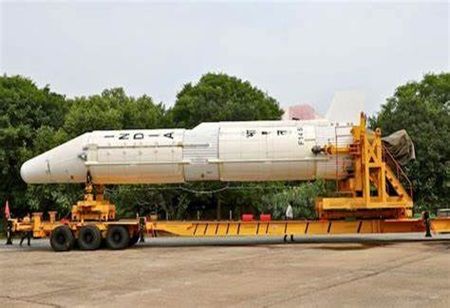
ISRO Achieves Historic Space Docking Milestone with SpaDeX

 The Indian Space Research Organisation (ISRO) made history on December 30 by successfully launching the Space Docking Experiment (SpaDeX) mission, solidifying its position as the fourth nation to master space docking technology. The mission was launched aboard the PSLV-C60 rocket from Sriharikota, carrying two spacecraft, SDX01 (Chaser) and SDX02 (Target), designed to dock in low-Earth orbit.
The Indian Space Research Organisation (ISRO) made history on December 30 by successfully launching the Space Docking Experiment (SpaDeX) mission, solidifying its position as the fourth nation to master space docking technology. The mission was launched aboard the PSLV-C60 rocket from Sriharikota, carrying two spacecraft, SDX01 (Chaser) and SDX02 (Target), designed to dock in low-Earth orbit.
The PSLV-C60 lifted off with SpaDeX and 24 additional payloads. 'LIFTOFF! PSLV-C60 successfully launches SpaDeX and 24 payloads', ISRO announced on social media platform X. Following the successful separation of the SpaDeX satellites, ISRO marked the achievement as a milestone in India's space journey.
Union Minister Jitendra Singh celebrated the feat, highlighting that India has now joined the elite group of nations—the United States, Russia, and China—that have developed and demonstrated space docking capabilities. He referred to India’s indigenously developed 'Bharatiya Docking System' as a breakthrough for future missions such as Gaganyaan and the Bharatiya Antriksha Station.
The Bharatiya Docking System features advanced technology, including a docking mechanism, rendezvous and docking sensors, power transfer technology, and an autonomous inter-satellite communication link. These innovations enable the spacecraft to communicate and assess each other’s states autonomously, demonstrating a novel docking strategy.
SpaDeX’s success is vital for India's ambitions in human spaceflight, satellite servicing, and space station development. Mastering docking technology is a critical step toward advanced space missions such as lunar exploration and establishing an Indian space station. It will also facilitate missions beyond Earth’s orbit without relying on Global Navigation Satellite Systems (GNSS) from Earth.
ISRO plans to wait four days to evaluate the docking orientation and assess the software process. The mission will also demonstrate the transfer of electric power between docked spacecraft, crucial for future applications in in-space robotics, composite spacecraft control, and operations after undocking.
Additionally, the PSLV-C60’s fourth stage, POEM-4, will be used for experiments, carrying 24 payloads from academic institutions and startups.
SpaDeX showcases India’s growing prowess in cutting-edge space technology, paving the way for transformative advancements in human spaceflight and interstellar missions.